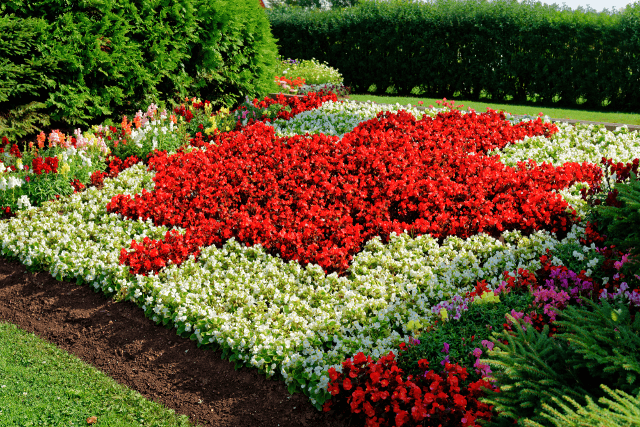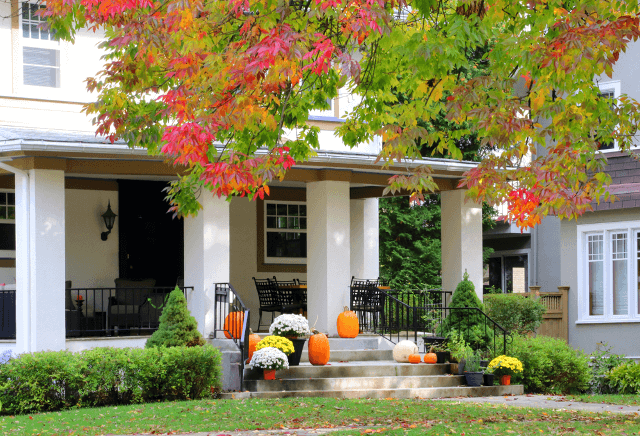Cheap Landscaping Ideas
This blog is on cheap landscaping ideas. One of the main hassles of a garden is not planting, but weeding. Weeds grow with remarkable speed and can quickly overtake a garden. Using a poison or herbicide like roundup is not recommended as you might kill your plants. I know that the manufactors claim the product breaks down in the soil very quickly but I find with my lawn edges after a second dose of roundup no grass is growing there six months later.
In moving into a new rental property I had a large front garden with a nice quickkerb concrete border to highlight the beautiful weeds. So I began to weed, got sick of it and left it for a month. Big mistake, there were now more weeds than ever. I was going to have to have mulch it or spend everyday in the garden. With the landlord not interested in paying for it it was going to have to come out of my own pocket. Now I don’t mine paying for gardening supplies, plants, etc when its my own place, but I’m certainly not keen on giving my landlord a free ride.
So I needed a cheap mulching option, that would look good, work, but not cost too much.
I chose three basic supplies, newspaper -the local rags free and it doesn’t take long to build up a stock pile of papers, sugar cane mulch – its comes in a big bags and is cheap, and finally a few bags of bark – not so cheap, but as you will see its used to give colour not as a mulch so only a little bit is required.
Step One:-
Prepare the garden, yes this means a huge effort and weed the whole garden by hand. Rake over the soil so its nice and smooth and then apply the newspaper. The thicker the better.
Min. six sheets thick. Spread it out and then with a hose wet it all down so it soaked. The now heavy paper won’t blow around in the wind and will mold better to the grounds surface.
Step Two:-
Next spread out the sugar cane mulch. If you cant access cheap sugar cane mulch, try straw, but ensure it has no seeds in it. Make sure all the paper is covered. It doesn’t have to be deep, just enough to cover all the paper. Once again apply water to damp down the mulch. Once watered it takes on a lovely golden colour.
Step Three:-
Now apply the bark. Just grab handfulls and throw it around. You don’t want to totally cover the yellow mulch, the barks mainly to give colour and to contrase with the mulch.
I have found this to be a very effective mulch. A year later and few weeds can get through. Nutgrass was the only successful one and I pulled those out by hand and even the nutgrass gave up the fight. The beautiful browns and golden colour unfortunately fade under the harsh sun, but by that time you should have plenty of flower to make up for it. Best of all – NO WEEDING, yes.





